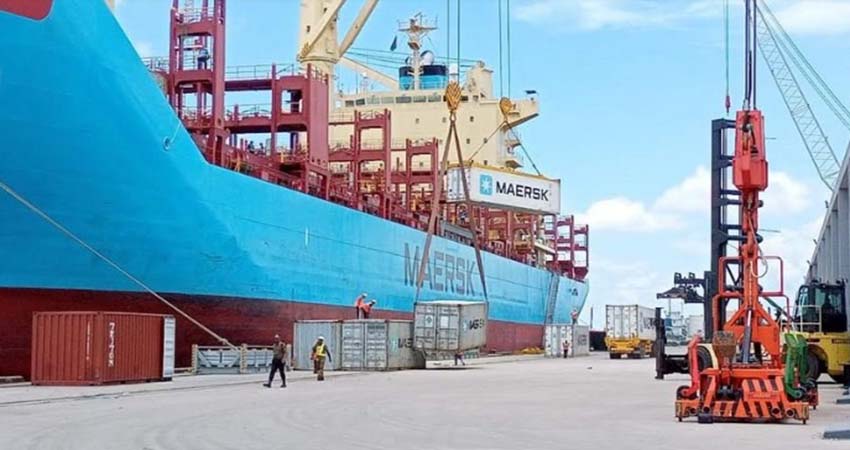Boeing is forecasting air travel in Bangladesh to double in the next decade, driven by the country's growing population and expanding economy.
The aerospace company provided details about the increasing demand and capacity for air travel in Bangladesh in its Commercial Market Outlook (CMO), a yearly forecast of global and regional airplane demand presented in a briefing on Wednesday.
Through 2032, Bangladesh is expected to achieve an annual economic growth rate of more than 5% — double the global average — supporting annual air-traffic growth at nearly 8.5% annually, according to Boeing.
Strong Bangladesh economy to fuel air-traffic growth at nearly 8.5% annually through 2032.
“As travel restrictions were relaxed over the past year, capacity growth in Bangladesh has increased by 11% year-over-year,” said Dave Schulte, Boeing Commercial Marketing managing director for Asia Pacific and India. “Led by regional traffic to the Middle East and India, Bangladesh's air travel is forecast to double over the next 10 years.”
To meet strong demand in passenger travel and air cargo, Boeing anticipates South Asia's carriers will need more than 2,300 new commercial airplanes over the next 20 years, more than tripling South Asia's current in-service fleet of 700 airplanes.
“We see tremendous opportunity in South Asia, with more than 80% of new deliveries supporting air-travel growth and 20% replacing older, less fuel-efficient airplanes,” said Schulte.
Single-aisle airplanes like the Boeing 737 family will make up nearly 90% of South Asia's future fleet, while 10% of the regional fleet will be widebody airplanes like the Boeing 787 Dreamliner. Both airplane models are currently in operation with Biman Bangladesh and US Bangla.
“Boeing airplanes have played a tremendous role in the rapid growth of commercial aviation in Bangladesh. Commonality across the fleet will continue to play a major role in furthering growth, especially as it enables our airline customers to reduce operating costs and expenditures associated with training and maintenance,” added Schulte.



















